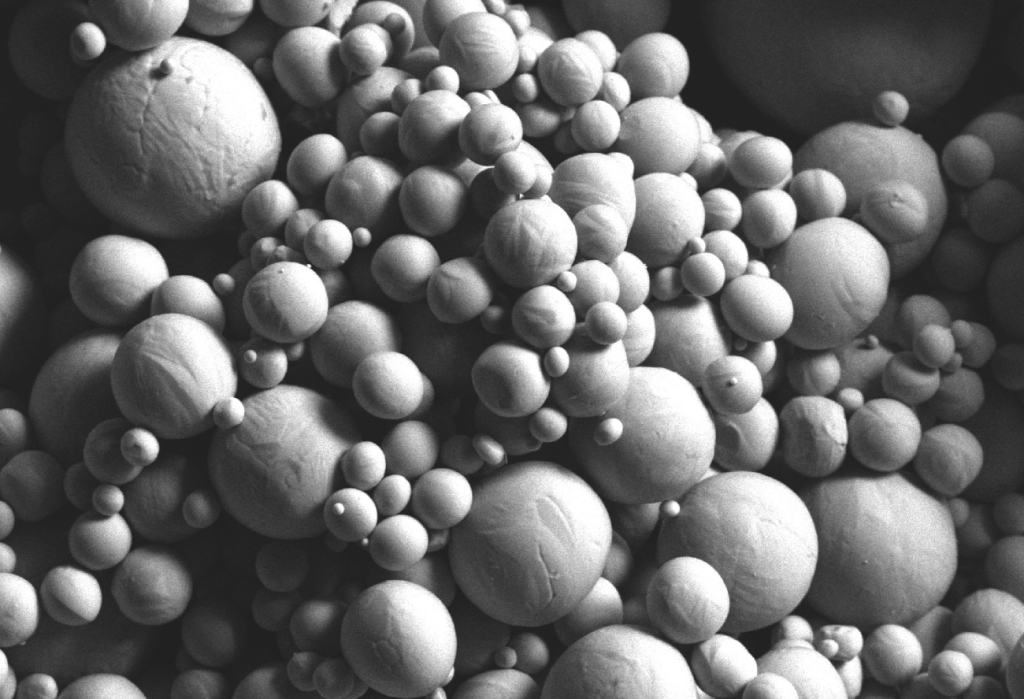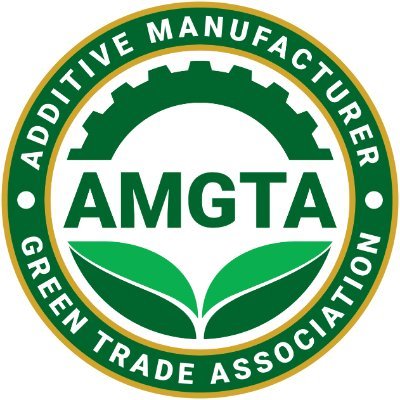Join the Expert Committee for the 2024 3D Printing Industry Awards to help select the winners!
The Additive Manufacturer Green Trade Association (AMGTA) has shared the initial findings of its research project titled “Specific Energy of Metal AM Feedstock: A Comparison.”
Conducted by Syntec Associates in collaboration with Divergent Technologies, the study evaluated three primary metal AM feedstock processing methods: gas atomization, mechanical milling (specifically ball milling), and wire drawing. The aim was to assess the specific energy requirements for producing feedstock materials and their sustainability implications.
“When preparing life cycle assessments on industrial rate processing of our alloys, I found wide variation in the literature on AM process and powder atomization energy consumption,” said Michael Kenworthy, Chief Technology Officer at Divergent Technologies and AMGTA Board Director. “This research established a transparent set of process assumptions and models from which to understand the key process levers and evaluate system trade studies that inform future sustainability enhancements.”

Choosing the right powder production method
According to the research, key takeaways suggest helium gas atomization is the most energy-efficient method for producing common metal powders compared to argon and nitrogen, making it a sustainable choice. This process significantly reduces energy consumption during atomization, highlighting helium’s potential for a more environmentally friendly approach in powder production.
While helium gas atomization is recognized for its energy efficiency, argon emerges as a viable alternative for those seeking a non-helium option, offering some energy savings compared to nitrogen atomization. Helium gas atomization emerged as the clear winner, using 13% less energy per kilogram of powder compared to argon and a whopping 28% less than nitrogen for common alloys (SS316L, Al5083, IN718). Notably, argon also offered a 12% energy benefit over nitrogen for these alloys.
“A primary goal of the AMGTA is to educate the consumer on the most sustainable methods of production within the additive supply chain. This important piece of research provides guidance on which methods of gas atomization require the least amount of specific energy per kilogram,” said Brian R. Neff, AMGTA’s Board Chair. “At the same time, it indicates to the market that mechanical production methods of powder feedstock, such as ball milling, are themselves an order of magnitude better than gas atomization from an energy perspective.”
Moreover, the study underscores the effectiveness of mechanical powder production, specifically ball milling, demonstrating a nearly 90% enhancement in specific energy consumption compared to gas atomization across the investigated process conditions. Additional investigation is warranted to assess the practical implications of employing helium-atomized powder or ball-milled powder within distinct product categories.
Highlighting the importance of selecting manufacturing techniques with minimal specific energy consumption per kilogram is the focal point of this study, aimed at enhancing overall sustainability in the production of AM materials feedstock.

Sustainable metal powder production
Sustainable metal powder production contributes to a more circular economy, where materials are reused and waste is minimized. This aligns with broader goals of environmental protection and responsible use of our planet’s resources.
With this in mind, Continuum Powders, previously Molyworks, debuted the Greyhound M2P 3.0 metal powder atomization platform at Formnext 2023, boasting an 80% reduction in carbon intensity. The platform offers faster cycle times, customizable orders, and tailored alloys, revolutionizing metal recycling and reducing resource extraction. With advanced plasma heat and cold hearth technology, it ensures purity and scalability, aligning with sustainability objectives while meeting industry demands.
Months preceding this news, IperionX emerged victorious in Phase 1 of the NSIN-sponsored AFRL Grand Challenge #4, to recycle metallic scrap and waste powders. This achievement secured IperionX a chance at a $500,000 contract, allocated over four development cycles spanning nine months. Its innovative approach focused on converting scrap titanium into powders suitable for AM, emphasizing novel techniques for waste recycling and deoxygenating titanium powder to improve its usability.
What 3D printing trends do the industry leaders anticipate this year?
What does the Future of 3D printing hold for the next 10 years?
To stay up to date with the latest 3D printing news, don’t forget to subscribe to the 3D Printing Industry newsletter or follow us on Twitter, or like our page on Facebook.
While you’re here, why not subscribe to our Youtube channel? Featuring discussion, debriefs, video shorts, and webinar replays.
Featured image shows this research supports AMGTA’s commitment to sustainable additive manufacturing practices. Image via Carpenter Additive.


